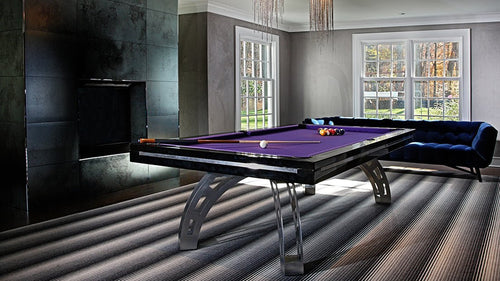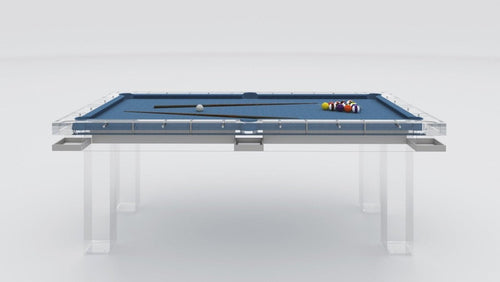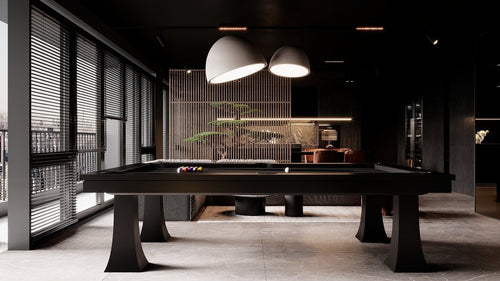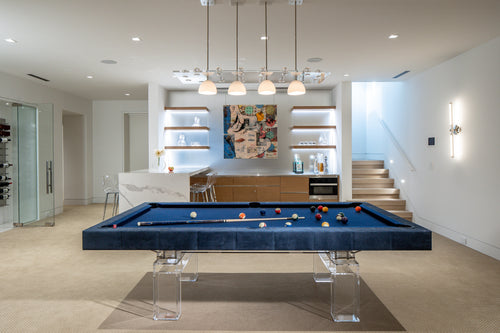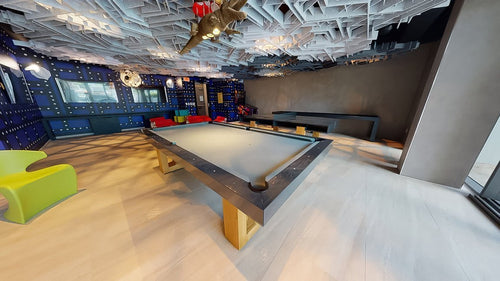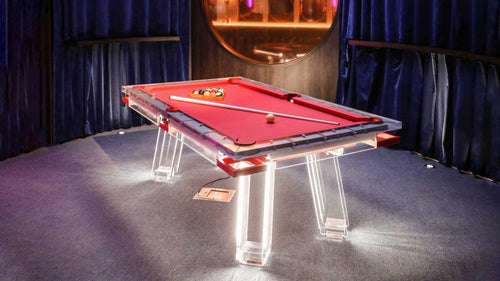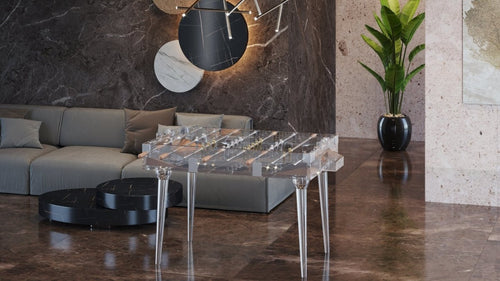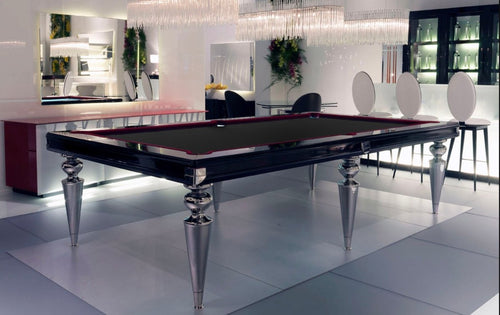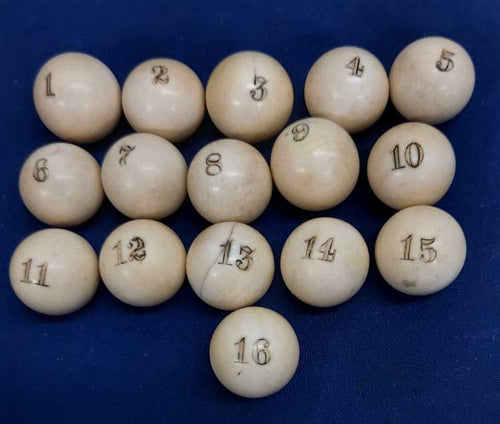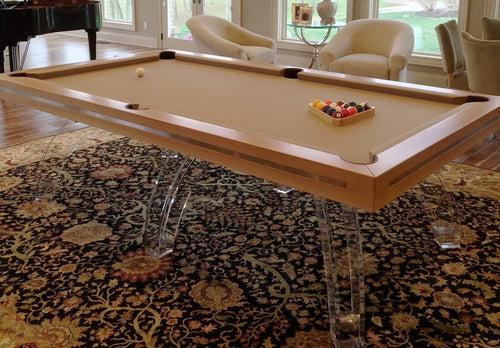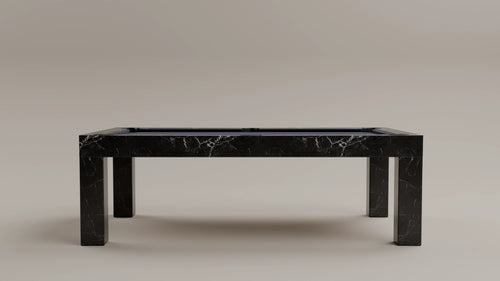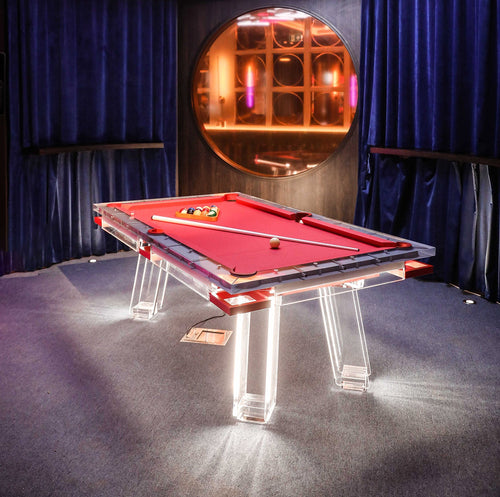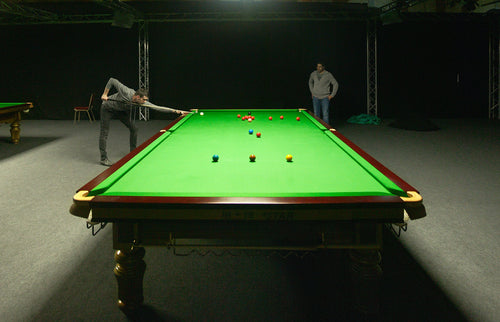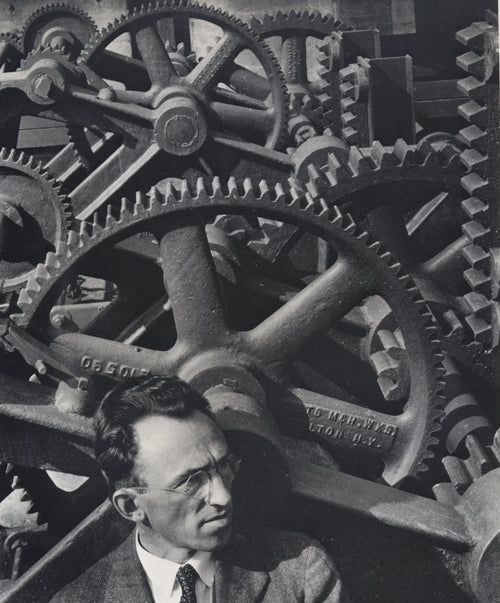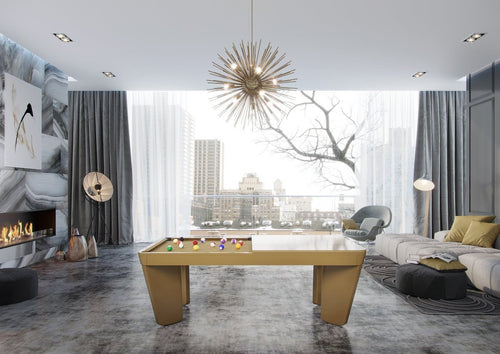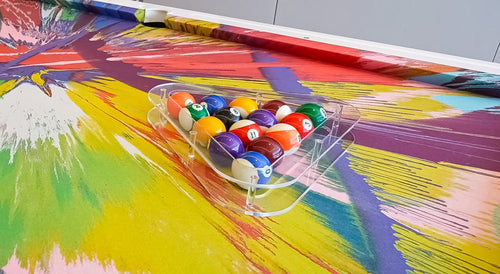Enjoy our modern designs
Estimated Read Time: 7 mins |
Three visionary architects—Auguste Perret, Robert Mallet-Stevens, and Pierre Chareau—pushed French design from Art Deco toward the functional clarity and material innovation of modernism.
After World War I, France became a crucible for modernist design, marking a decisive shift from decorative historicism to new ideas rooted in simplicity, function, and innovative materials. While Art Deco (_Moderne_) made headlines at the 1925 Paris World’s Fair, a handful of architects forged a path toward what became known internationally as the International Style. Among them, Auguste Perret, Robert Mallet-Stevens, and Pierre Chareau each left a unique mark on early modernist architecture.
Auguste Perret: Reinforced Concrete and Structural Innovation
- Auguste Perret (1874–1954) pioneered the use of reinforced concrete in architecture, exploiting its structural possibilities to create buildings of unprecedented lightness and openness.
-
Church of Notre Dame at Le Raincy (1922–24):
- Featured slender concrete columns and extensive stained glass walls, creating an interior that echoed medieval masterpieces yet embodied modernist innovation.
- Demonstrated how structural technique could drive new aesthetic forms.
Perret’s mature works abandoned Art Nouveau influences for minimalist form, structural clarity, and a celebration of new technology.
Robert Mallet-Stevens: Bridging Art Deco and Modernism
- Robert Mallet-Stevens (1886–1945) moved from Art Deco’s decorative luxury to the clean lines and geometric rationality of modernism.
-
House at Hyères (1924–33):
- Featured functional, minimalist interiors with rubber upholstery and tubular steel furniture (in partnership with Marcel Breuer).
- Signaled a shift from ornament to utility.
-
Villa Cavrois (1931–32):
- Showcased a blend of Art Deco elegance and modernist minimalism in spatial planning and materials, especially in its futuristic kitchens and baths.
- His metal side chair (1928) remains in production today.
Mallet-Stevens’ work charted the stylistic journey from decorative modernity to the disciplined forms of the International Style.
Pierre Chareau: The Maison de Verre and Glass Innovation
- Pierre Chareau (1883–1950) made a lasting impact with the Maison de Verre (1928–32) in Paris.
- One of the first buildings to feature exposed steel frames, glass blocks, and plate glass as dominant elements.
- The interiors combined comfort, luxury, and industrial materials—bridging Art Deco’s refinement with the innovation of early modernism.
- Chareau’s furniture designs reflected modernist principles: rich woods, metal frames, and simple, functional forms.
Broader Context and Influence
- Perret introduced groundbreaking use of reinforced concrete, redefining architectural possibilities in France and abroad.
- Mallet-Stevens mapped a graceful evolution from decorative Art Deco to practical, functional modernism.
- Chareau’s use of glass and steel pointed directly to the future of architecture.
While Le Corbusier would later take a more radical and influential approach, these three architects built the foundation for France’s embrace of the International Style—balancing technology, function, and the modernist spirit.



